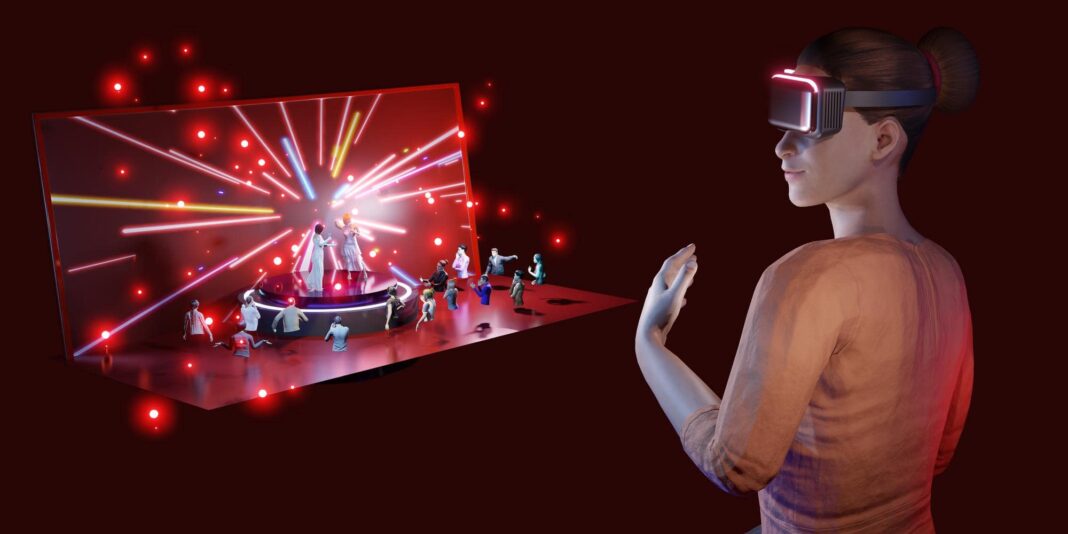Virtual reality (VR) and augmented reality (AR) technologies have transformed the entertainment industry by providing immersive experiences and innovative storytelling techniques. Both VR and AR offer unique ways to engage audiences and create interactive narratives.
Virtual reality refers to a computer-generated simulation that immerses users in a virtual environment, completely shutting out the real world. With VR headsets, users can explore and interact with virtual worlds that simulate real or fantastical settings. VR experiences can range from games and simulations to virtual tours and educational content.
VR enables entertainment creators to transport audiences into new worlds and perspectives, providing a sense of presence and immersion. It offers a heightened level of engagement and interactivity, allowing users to actively participate in the narrative and shape their experiences. This immersive nature of VR can evoke strong emotional responses, making it a powerful tool for storytelling.
Augmented reality, on the other hand, overlays digital content onto the real world, enhancing the user’s perception of their physical surroundings. AR experiences can be accessed through smartphones, tablets, or specialized AR glasses. By blending virtual elements with the real environment, AR creates interactive and dynamic experiences.
AR opens up new possibilities for storytelling by overlaying digital characters, objects, or information onto the physical world. It can be used in various forms of entertainment, such as interactive games, live performances, and location-based experiences. AR also enables social interactions, as multiple users can see and interact with shared virtual elements in real-time.
Both VR and AR technologies have had a significant impact on the entertainment industry. They have revolutionized gaming by providing immersive and interactive gameplay experiences. VR and AR have also been used in film and television, allowing viewers to experience stories from unique perspectives and explore virtual worlds alongside the characters.
In addition to gaming and media, VR and AR have found applications in live events, theme parks, museums, and educational settings. They offer engaging and educational experiences, enabling users to visit historical sites, explore scientific concepts, or train in realistic simulations.
As VR and AR technologies continue to advance, the potential for immersive storytelling and entertainment experiences will further expand. The ability to transport audiences to new realities, engage them in interactive narratives, and create shared experiences holds tremendous potential for the future of entertainment.








